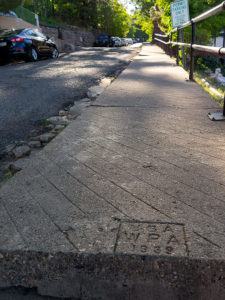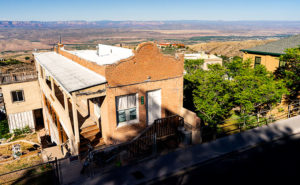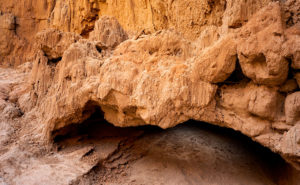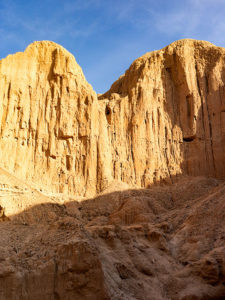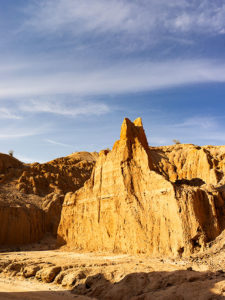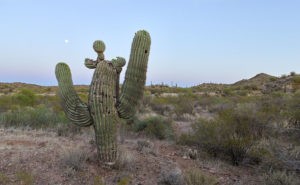The Summer of Love was 51 years ago. It was 1967 when a hundred-thousand flower children converged on San Francisco’s Haight-Ashbury District and challenged our worldly perceptions. At the time, I was on duty overseas, so I missed it. When I returned to the States the next year, I got married and had to pass up the free sex movement. Four years later my first wife divorced me and by that time, the movement was over. My timing has always been impeccable.

Before we retired, Queen Anne and I had the pleasure of attending seminars in the Bay area several times. On our last visit, we signed up for a walking tour of the historic old houses. On the tour, we learned that a by-product of the hippie period was the Painted Ladies. Needing a place to live, the invaders bought the cheap dilapidated Victorian homes that no one else wanted. Like any respectable homeowner, they began to restore and personalize the homes by painting them. Instead of using the traditional way—one muted-tone color—they made the house’s details pop with bright contrasting colors. These paint schemes shocked traditionalist, but it drew attention to how much craftsmanship went into building these old houses. It gave them character and made you appreciate them more, so the style of painting Victorian homes in multiple colors has become the norm. We even painted the shed we bought here in Congress with three colors and that shocked the neighborhood then.
Last month, when I turned a corner in Jerome and saw this repurposed bus, it reminded me of those resourceful hippies and when I first visited the ghost town. There was a bit of tension in the old towns like Jerome and Bisbee then. People of my generation rejected the social norms and consumerist values of the period. They didn’t want to live in ticky-tacky tract homes and instead wanted a house that had character. They moved into Phoenix’s Encanto district and the abandoned shacks they found in these historic towns. They were perfect for making arts and crafts away from the rat race in Phoenix. The entrenched community pushed back. “We don’t want those weirdos living here, they’ll ruin everything.” Town hall meetings were often very heated and vocal and sometimes even made news in the Phoenix papers (yes, at one time, there were two papers). The conflict seems to have eased and there’s no apparent evidence of tension in today’s Jerome. It’s become a nice place to visit with the family, shop for mementos, and enjoy history—sort of a light version of Main Street, Disneyland.
The photo of the bus that triggered these recollections is called School Bus 11 and it’s my picture of the week. In it, I’m showing the essence of the school bus and its colors. The lights, the faded yellow, the rust, and the graphics tell stories about school children and—to me—the flower children of my past. I moved in to emphasize the patina, faded paint, and letters. From this close perspective, they become the composition and a story of yesterday.
You can see a larger version of School Bus 11 on its Web Page by clicking here. I hope you enjoy viewing my newest entry and come back next week when we move onto a new location for July.
Until next time — jw

